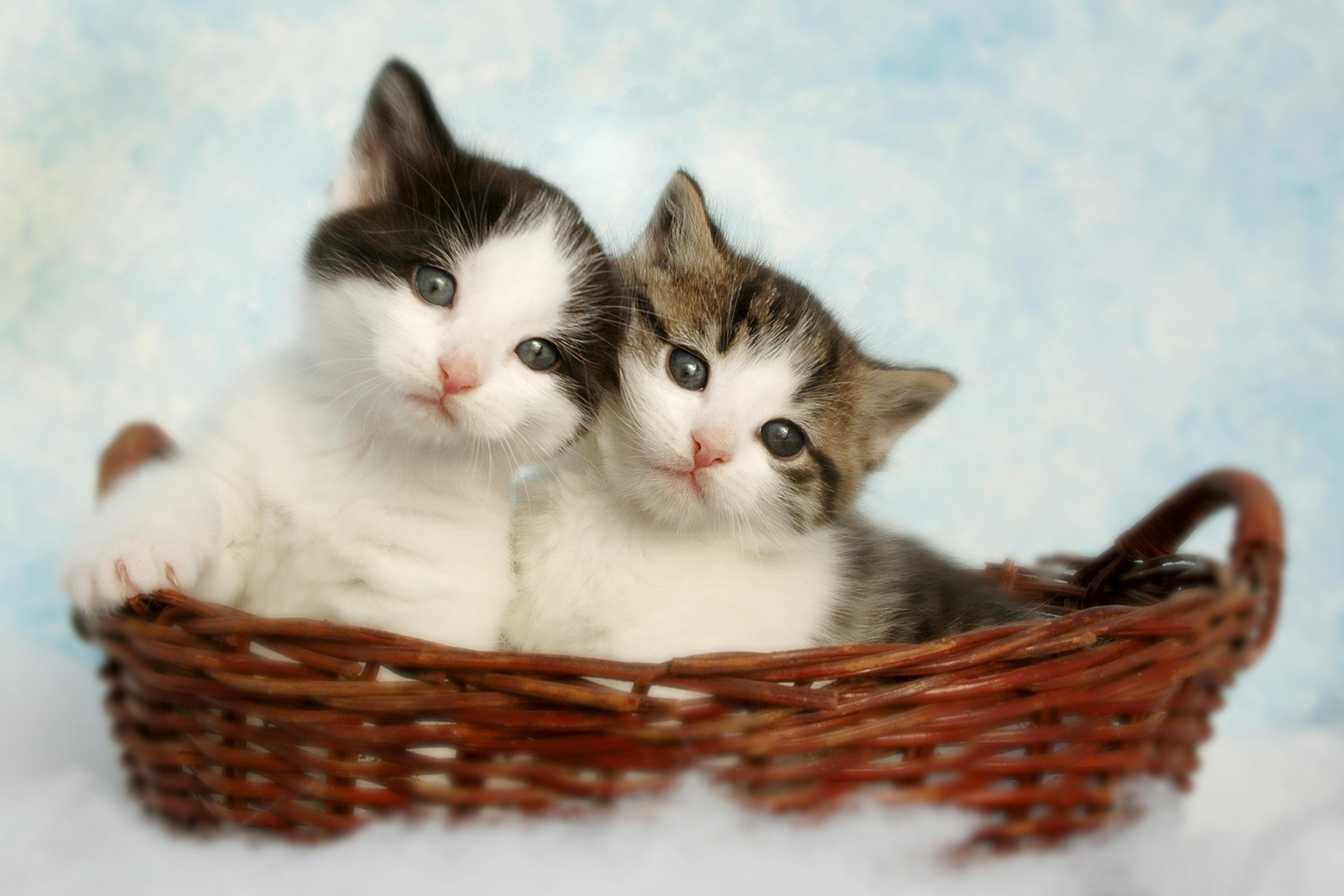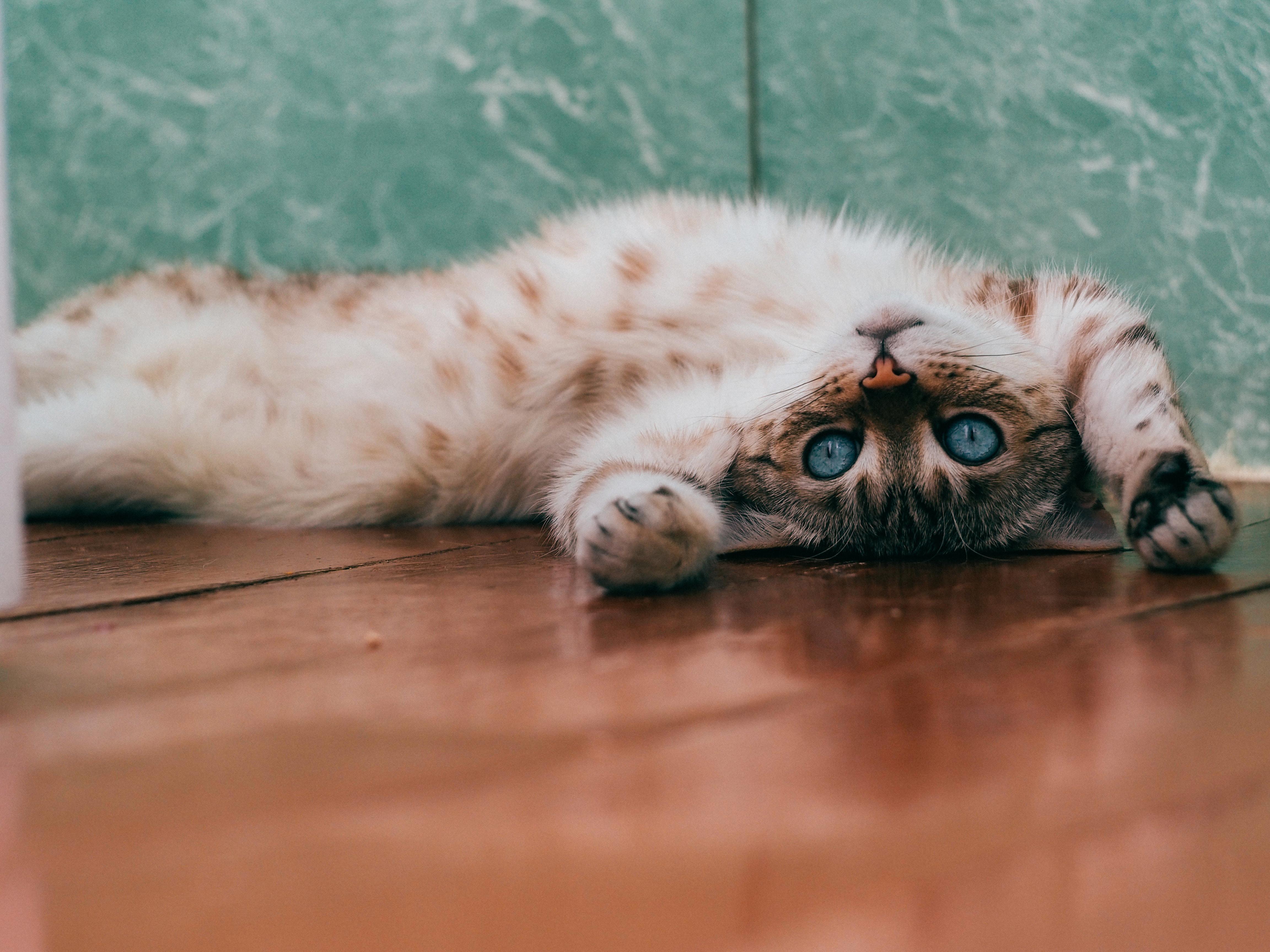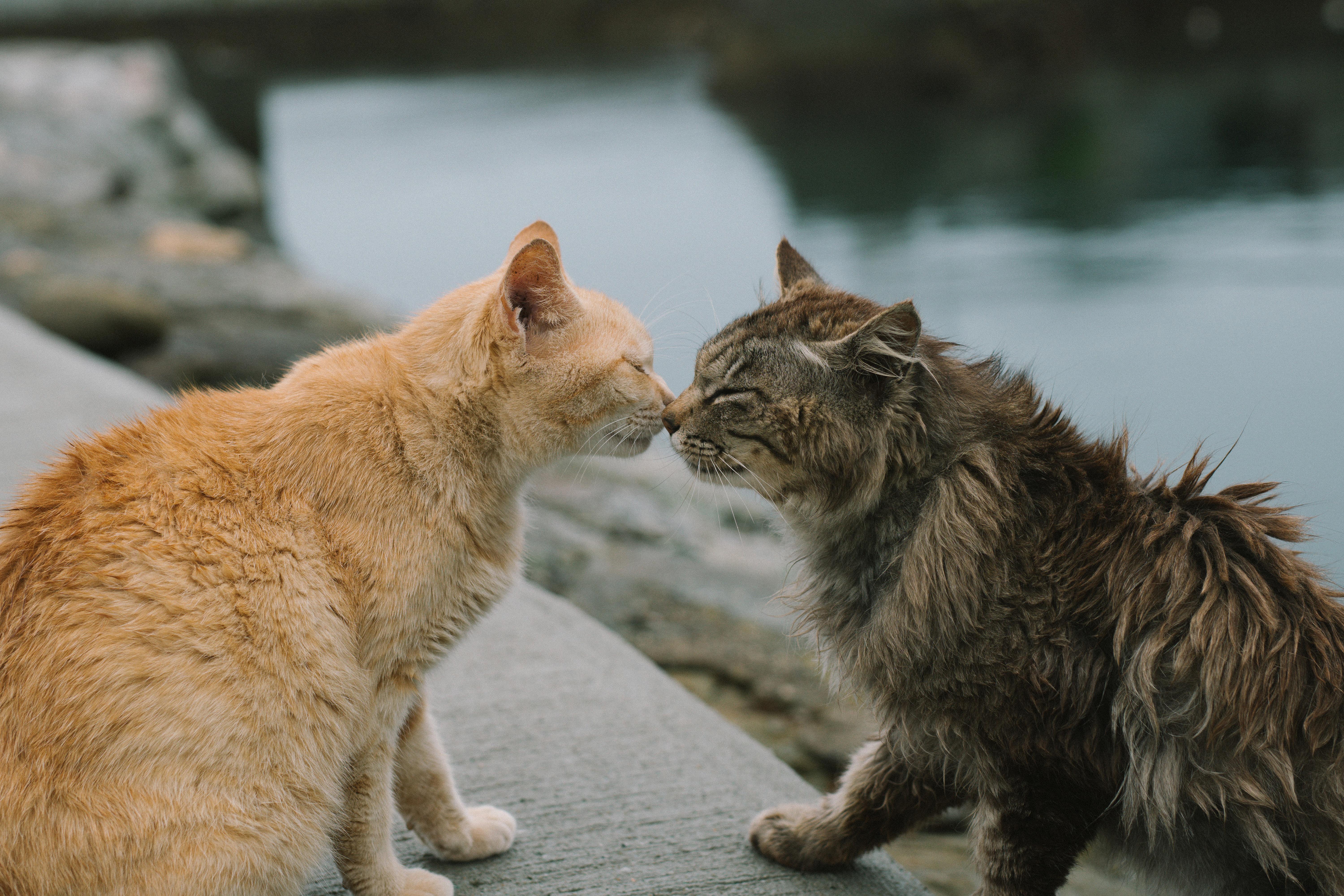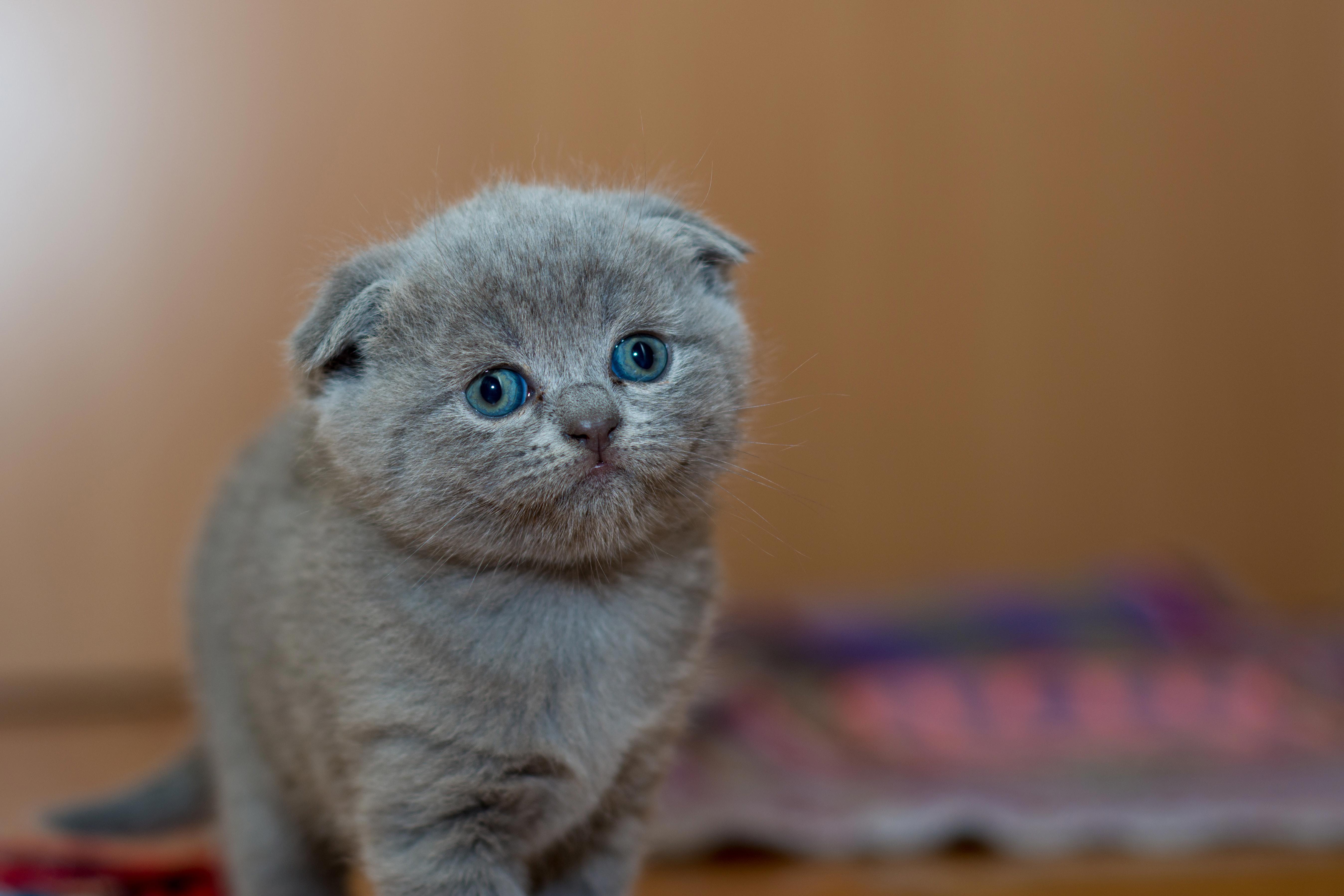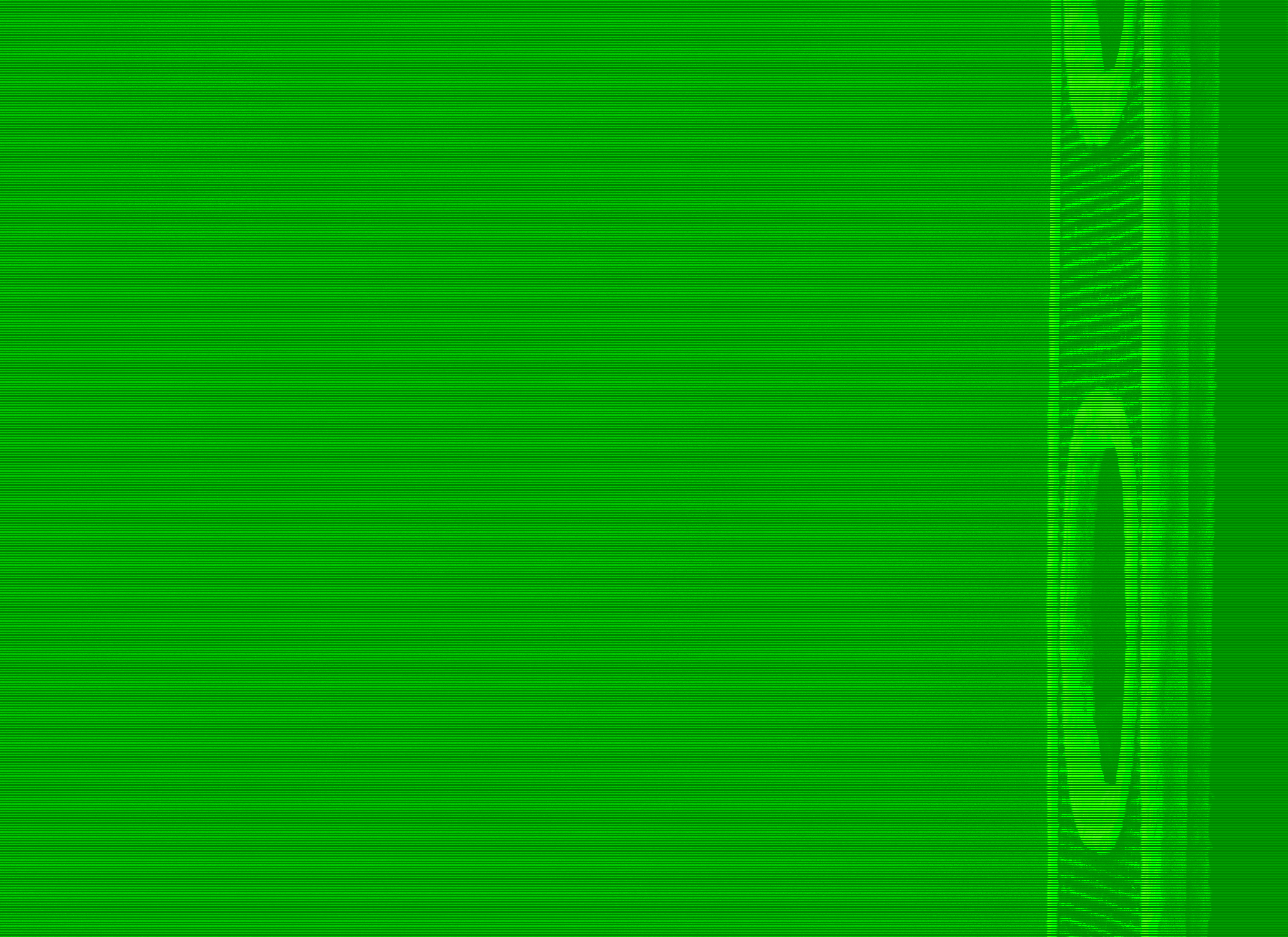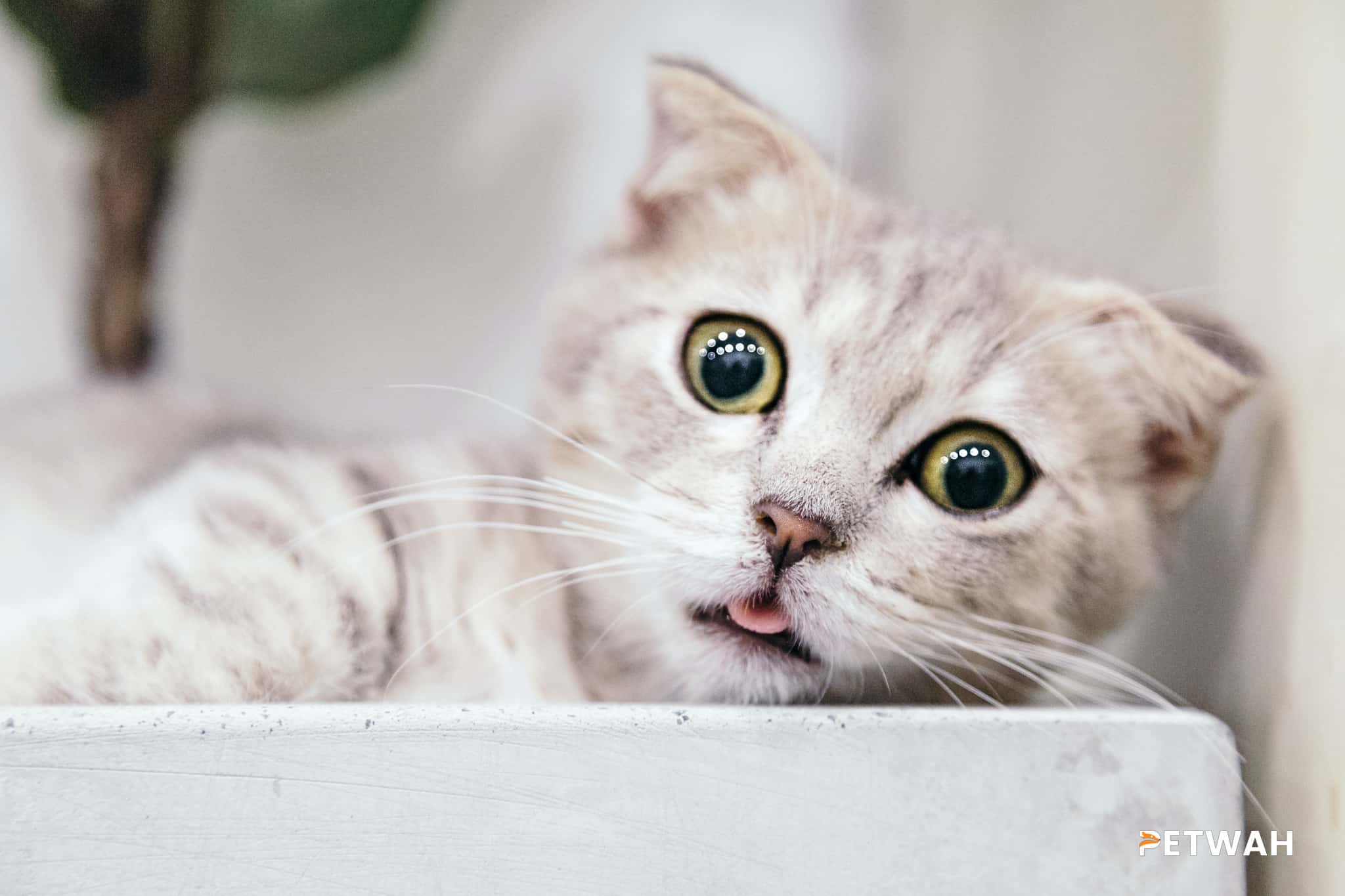If your cat suddenly stops eating, it can be a sign of something serious. Not only can it lead to weight loss, but it can also be a sign of a medical issue. Fortunately, there are some troubleshooting tips you can try to get your cat back to eating. In this blog post, we will discuss some of the most common reasons why cats may stop eating and provide some helpful tips for getting them back on the right track.
As a pet owner, it can be incredibly concerning when your cat stops eating. While cats can go days without food, it’s important to pay attention to when your pet’s eating habits change. If your cat won’t eat, it could be related to a medical condition, stress, or simply a preference for a different type of food.
In this article, we’ll provide some tips and tricks for troubleshooting when your cat won’t eat.
1. Check for Medical Conditions
The first step you should take when your cat won’t eat is to check for any underlying medical conditions. If your cat has been lethargic or has had an upset stomach, it’s important to check with your vet to make sure there isn’t an underlying medical issue causing the lack of appetite.
Common medical conditions that can cause a cat to not eat include kidney disease, cancer, diabetes, and even dental issues. If your vet has ruled out medical issues, then you can move on to the next step.
2. Change Up the Food
It’s possible that your cat is simply bored with their current food. Cats can get picky with their food, so it’s important to provide a variety of different flavors and textures. There are plenty of different kinds of cat food available, so you can experiment to find one that your cat likes.
You can also try adding a small amount of wet food to their dry food. This can add an interesting flavor and texture that may encourage your cat to eat.
3. Change Up the Environment
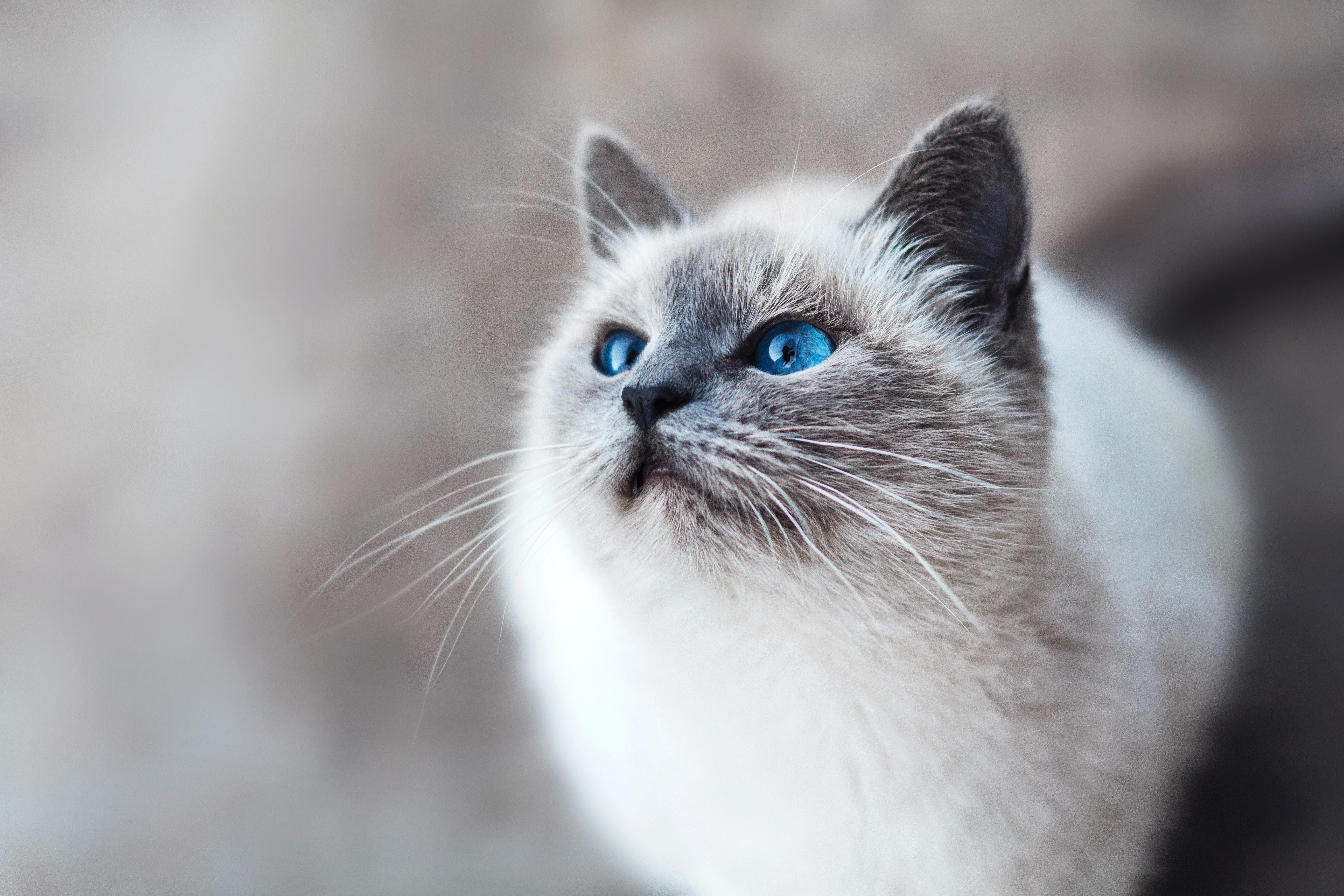
It’s possible that your cat is feeling stressed or anxious, which can lead to a lack of appetite. If you’ve recently moved, had a baby, adopted a new pet, or experienced any other changes in your home, it may be causing your cat to be stressed.
If this is the case, try to create a quiet and comfortable space for your cat to relax. Provide a cozy bed, some toys, and other comforts to help them feel at ease. You may also want to consider using calming aids, such as Feliway, which can help reduce stress and anxiety.
4. Make Feeding Time Fun
If your cat is still not eating, then you may need to make feeding time more enjoyable. This can be done by adding a little bit of wet food to their dry food, as mentioned above. You can also try a different type of bowl or plate, as cats may prefer certain shapes or textures.
You can also try adding a few treats to their food or giving them a bit of canned tuna or other wet food for a special treat. If all else fails, you can try adding a bit of warm water to their food to make it more appealing.
5. Keep an Eye Out for Changes
Finally, it’s important to pay close attention to your cat’s eating habits. If your cat is still not eating, then you should keep an eye out for any changes in behavior or appetite. If you notice any changes, then it’s important to take your cat to the vet to rule out any medical issues.
Conclusion
It can be incredibly concerning when your cat won’t eat. If your cat is refusing to eat, then it’s important to pay attention to any changes in behavior or appetite. The first step you should take is to check for any underlying medical conditions. If your vet has ruled out medical issues, then you can try changing up the food, changing up the environment, or making feeding time more enjoyable. Finally, it’s important to keep an eye out for any changes in behavior or appetite. If you notice any changes, then it’s important to take your cat to the vet.
With a few simple steps and some patience, your troubleshooting efforts should help you figure out why your cat won’t eat and get them back to their normal eating habits. Don’t forget to check in with your vet if the issue persists, as they can help you identify underlying medical issues that could be causing the problem. With a little help, you can get your cat happily eating in no time!


